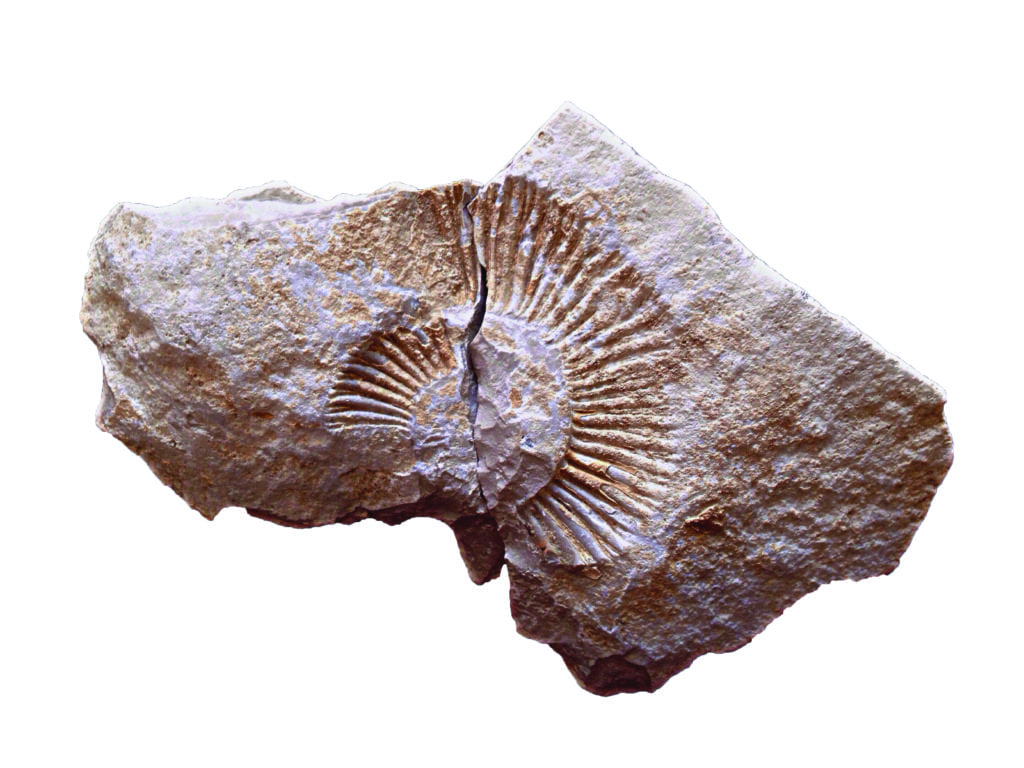How Long Does it Take for a Fossil to Form? (June 13)


A fossil is a fossil, right? The definition of “fossil” has been expanded over the years from “any dead organism dug up from the Earth” to include minerals, all kinds of stony objects, pieces of rock, remains of creatures, petrified shells, and many other things found in the rock layers. This broadening of the definition has caused much confusion.
Today, the definition of a fossil, by the American Geological Institute, begins with, “the remains or traces of animals or plants which have been preserved by natural causes in the Earth’s crust.” There is nothing in this definition that requires transformation into rock or petrifaction. The important qualifier is that it is preserved. The most common way of preservation is called permineralization, which is the process where the spaces in the cells are filled by minerals, and the remains are turned to stone. A fossil by today’s definition is much broader than just permineralized dinosaur bone. It can be a leaf impression, shell cast, dinosaur track, fresh dinosaur bones (no mineralization), dinosaur soft tissue–anything preserved in the Earth. A fossil may or may not be petrified/permineralized.
So many new discoveries of soft tissues and fresh bones of dinosaurs have been identified that I would suggest we use some clarifying adjectives. When finding bones that are hard as rock, we should call them “permineralized” dinosaur fossils, and those that have not become rock should be called “fresh” dinosaur fossils. If we keep these two adjectives in mind, we will understand better what scientists dig up.
Psalm 104:6,7
Reference
A fossil is a fossil is a fossil. Right?
Media bias hides the significance of Alaskan hadrosaur finds
